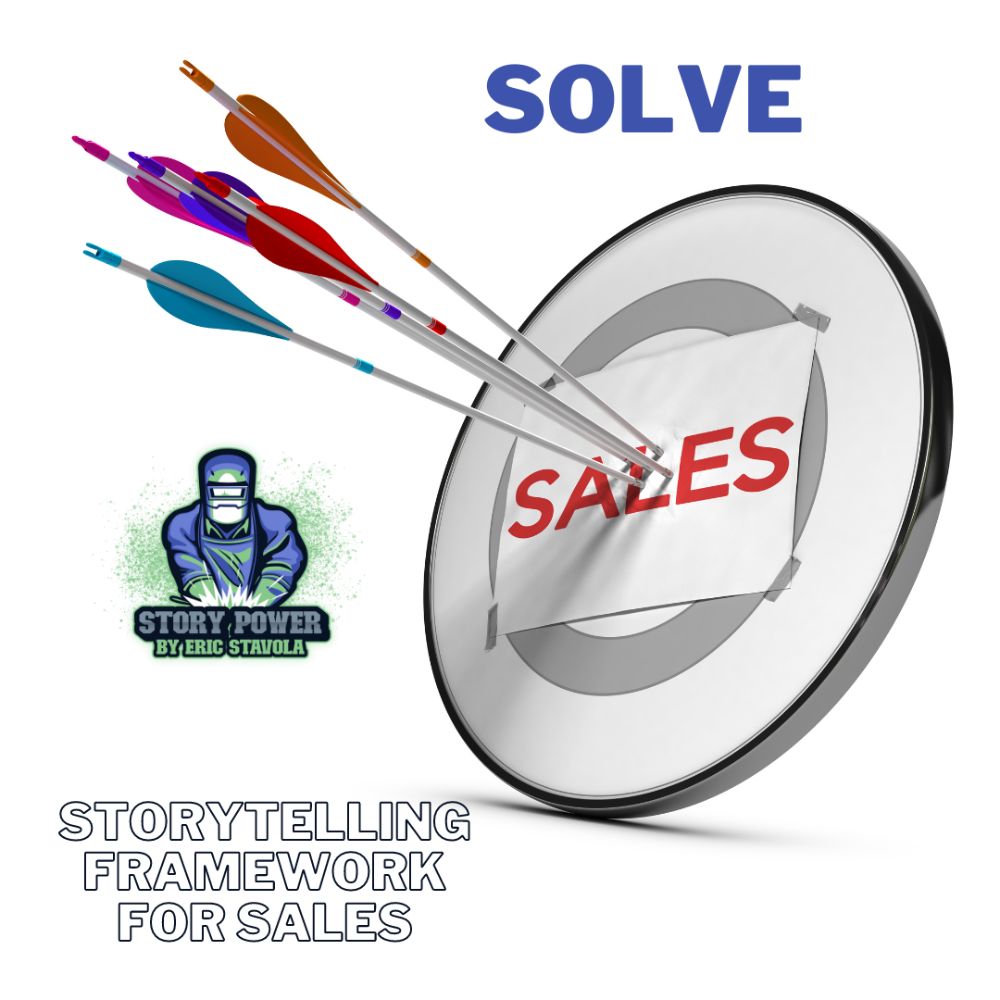THE TWO-MINUTE DRILL IN BUSINESS: A GAME-CHANGING STRATEGY
The roar of the crowd, the clock's ticking, and the players' intensity – the two-minute drill is one of football's most thrilling and nerve-wracking moments. It's a situation where every second counts, and there's no room for error. But what if I told you that the principles behind a successful two-minute drill could be applied to your business? Let's explore how this high-pressure play can teach us valuable lessons about preparedness, execution, and seizing victory from the jaws of defeat.
1. Preparation is Key

In football, the two-minute drill is not something that happens by chance. It's a well-rehearsed play that players practice tirelessly. Similarly, in business, you must be prepared for high-pressure situations. Whether it's a critical sales pitch, a product launch, or a sudden market shift, having a well-thought-out plan can make all the difference.
Coaching Points: Invest time in training, scenario planning, and building a resilient team that can adapt to rapid changes. Here are some specific things you can do to prepare for high-pressure situations:
- Understand the situation. What are the specific challenges you are facing? What are the possible outcomes? The more you know about the situation, the better prepared you will be.
- Develop a plan. What are your goals? What steps need to be taken to achieve those goals? Having a plan will give you a sense of control and direction.
- Practice. The more you practice, the more familiar you will become with the situation and the more confident you will feel.
- Visualize success. Take some time to visualize yourself performing well in the situation. This will help you to stay calm and focused when the time comes.
- Take care of yourself. Get enough sleep, eat healthy foods, and exercise regularly. When you are physically and mentally healthy, you are better able to handle stress.
2. Flawless Execution

During the two-minute drill, every pass, every run, and every block must be executed with precision. There's no time for second-guessing or hesitation. In business, flawless execution means delivering your products, services, or presentations confidently and accurately. Coaching Points: Focus on quality control, continuous improvement, and fostering a culture where excellence is the standard, not the exception. Here are some tips for achieving flawless execution:
- Set clear expectations. Make sure everyone on your team knows what is expected of them. This includes the quality of work, the timelines, and the budget.
- Create a culture of excellence. Make it clear that excellence is the standard, not the exception. This means celebrating successes and learning from failures.
- Invest in training and development. Give your team the skills and tools they need to succeed. This includes training on your products or services, as well as training on quality control and continuous improvement.
- Empower your team. Give your team the authority to make decisions and take action. This will help them feel confident and motivated to execute flawlessly.
- Measure your results. Track your progress and identify areas where you can improve. This will help you stay on track and achieve your goals.
3. Adaptation and Flexibility

The quarterback must read the defense in the two-minute drill and make quick decisions. Adaptation and flexibility are crucial. Similarly, businesses must be ready to pivot and adapt to the ever-changing market conditions.
Coaching Points: Encourage innovation, stay informed about industry trends, and be ready to modify your strategies as needed. Here are some tips for being more adaptive and flexible in business:
- Be open to new ideas. Don't be afraid to try new things. The best way to stay ahead of the curve is to be willing to experiment.
- Be quick to learn. The world is changing rapidly, so you need to be able to learn new things quickly. This means being willing to read, attend conferences, and network with other professionals.
- Be willing to change. Sometimes, changing your business model or strategy is the best way to adapt. Don't be afraid to make changes if they are necessary.
- Be innovative. There is no one-size-fits-all solution to business problems. Sometimes, the best way to adapt is to be creative and develop new solutions.
- Be persistent. Change can be difficult, but it is important to be persistent. Don't give up if you don't succeed the first time. Keep trying until you find a solution that works.
4. Leadership Under Pressure

The quarterback's leadership during the two-minute drill can inspire the team to victory. In business, leaders must also step up during high-pressure situations, guiding their teams with clarity, confidence, and compassion.
Coaching Points: Leading under pressure can be challenging, but several strategies can help you manage your team during a crisis while also keeping calm.
- Wait to Act: When under pressure, it's important to take a step back and assess the situation before making any decisions. This can help you avoid making rash decisions that could worsen the situation.
- Manage Yourself: Only when you can manage yourself, can you manage others in stressful situations. Learn to cope with stress by finding the techniques that work best for you, such as meditation, exercise, or laughter.
- Be Purpose-Driven: When pressure is high, tap into the sense of purpose that fuels your drive3. This can help you stay focused on the bigger picture and avoid getting bogged down by the details.
- Create Margin for Your Team: Give your team opportunities to interact and build relationships, even during stressful times. This can help them feel more connected and supported, which can in turn improve their performance.
- Build a Strong Support System: Surround yourself with people who can offer you support and guidance during times of stress. This can include colleagues, mentors, or friends and family outside of work.
- Challenge and Stretch Yourself: Pressure can be a useful catalyst in your leadership if you can use it to challenge and stretch your limits to achieve purposeful things. This can help you grow as a leader and develop new skills.
5. Celebrating Success

A successful two-minute drill often leads to a triumphant celebration. In business, it's essential to recognize and celebrate successes, no matter how big or small.
Coaching Points: Create a culture of appreciation, where achievements are celebrated, and team members feel valued. Here are some tips for celebrating success in business:
-
Be specific. Don't just say "good job." Take the time to explain why the person or team did a good job. This will help them feel more appreciated.
-
Be timely. Don't wait until the end of the year to celebrate successes. Celebrate them as soon as they happen. This will help keep people motivated.
-
Be public. Don't just celebrate successes in private. Share them with the rest of the team or company. This will help create a culture of appreciation.
-
Be creative. There are many ways to celebrate success. Don't be afraid to get creative. Some ideas include:
- Giving out awards or prizes
- Throwing a party or potluck
- Writing a thank-you note
- Taking the team out to lunch
- Publicly recognizing the person or team on social media
The two-minute drill in football is more than just an exciting play; it's a lesson in strategy, execution, leadership, and triumph. By applying these principles to your business, you can create a winning team that's prepared to face challenges head-on and emerge victorious. Remember, the game is never over until the final whistle. Keep pushing, keep adapting, and keep executing. Your business's two-minute drill might be the game-changing strategy you need. Feel free to contact me for personalized coaching and insights on implementing these strategies in your organization. Let's win together!
Other Posts

